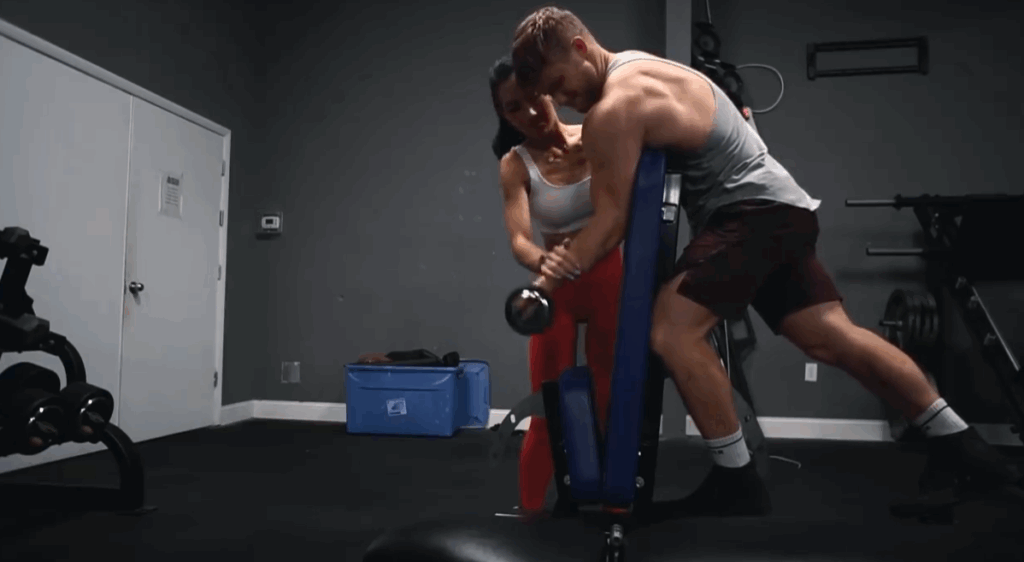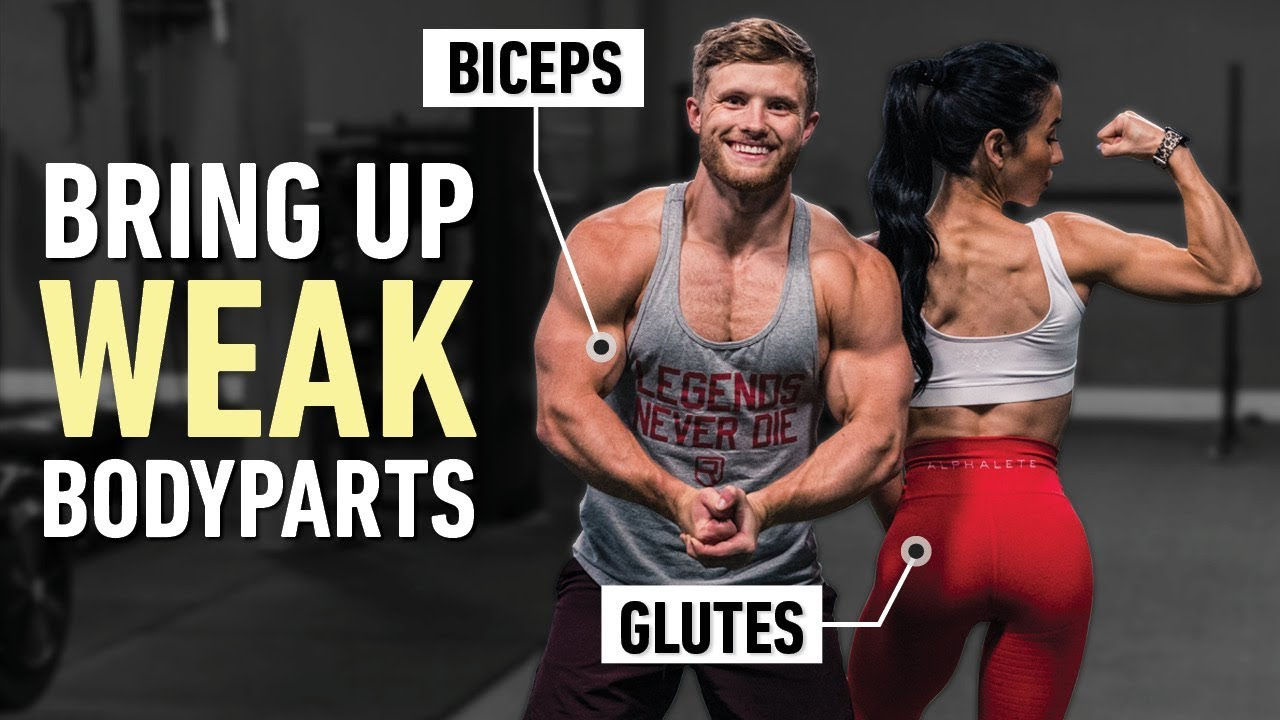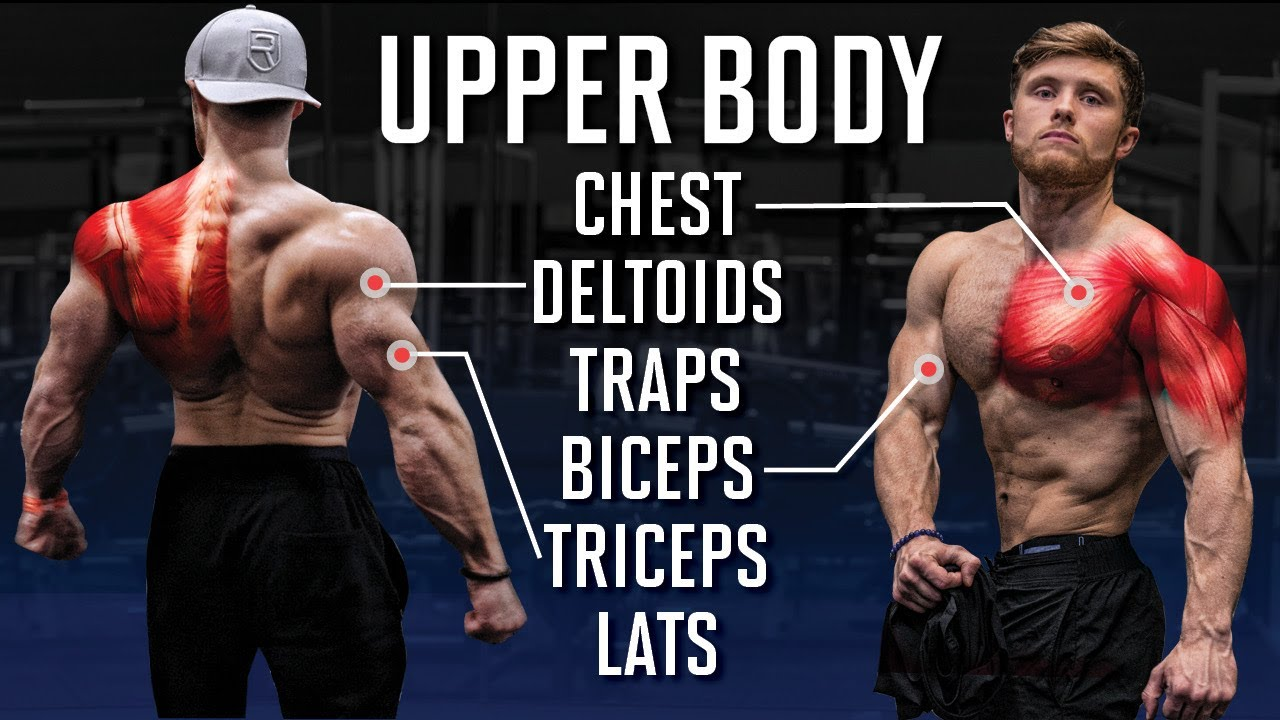Improving lagging muscle groups is one of the most common challenges in bodybuilding and strength training. Whether you’re chasing balanced aesthetics or aiming for better overall performance, strategically targeting weak points can dramatically improve your physique. In this article, I’ll share four evidence-based methods to bring up underdeveloped muscles, based on my own experience with a new upper-lower training split designed for both size and strength.

1. Increase Training Frequency for Lagging Muscles
One of the most effective ways to improve a stubborn muscle group is to train it more frequently. Instead of hammering 15–20 sets in one brutal session, split that volume across multiple workouts throughout the week. Research consistently shows that protein synthesis spikes after each training session, so spreading out your volume keeps the muscle stimulated more consistently.
How to Apply It:
- Small muscle groups (biceps, triceps, lateral delts, abs, calves): Train them up to 5–6 times per week, using mostly moderate-intensity sets and avoiding excessive failure.
- Larger muscle groups (chest, lats, quads, glutes): Limit frequency to 3–4 sessions per week to allow for proper recovery, especially since compound lifts are more taxing.
If you’re adding extra sessions, adjust the weekly volume carefully. A good starting point for lagging muscles is 20–25 total working sets per week (including compound lifts). Remember, frequency works best when each session is kept manageable, allowing you to maintain intensity without burning out.
Example:
If your lateral delts are lagging, you might include lateral raises or cable Y-raises at the end of almost every workout instead of relying on one massive shoulder day.
2. Prioritize Exercise Order for Weak Points
When you’re fresh, your muscles are stronger, coordination is better, and you can push heavier loads. That’s why placing your weak points earlier in your workout is essential.
However, you need to be smart about exercise order. Training a small weak muscle first can sometimes interfere with larger compound lifts.
Smart Exercise Sequencing:
- Upper Body Example: If your back is lagging, start your upper-body day with rows or pull-ups before moving on to pressing movements.
- Lower Body Example: If your glutes are a weak point, do them early in your session with hip thrusts or Romanian deadlifts before squats or lunges.
What About Pre-Exhaustion?
The old-school bodybuilding trick of pre-fatiguing muscles before compound lifts doesn’t work as intended. For example, doing high-rep leg extensions before leg presses will actually reduce quad activation, causing other muscles to take over. Instead, use pre-activation, which involves light, controlled isolation work to establish a mind-muscle connection.
Example:
Before squats, do a couple of light sets of banded glute bridges to “wake up” the glutes, not to exhaust them.

3. Develop a Strong Mind-Muscle Connection
If you’re just moving weight from point A to point B, you’re leaving muscle growth on the table—especially for isolation exercises. A strong mind-muscle connection (MMC) ensures that you’re engaging the target muscle properly rather than letting other muscles take over.
How to Improve MMC:
- Slow down your reps, focusing on both the squeeze and stretch phases.
- Try closing your eyes during isolation exercises to feel the contraction better.
- Verbally cue yourself by saying “squeeze” on the concentric phase and “stretch” on the eccentric.
- Reduce the weight slightly to maintain strict form and consistent tension.
A study published in the European Journal of Applied Physiology found that consciously focusing on the working muscle increased its activation during isolation exercises, especially in the biceps and triceps. So if you’re doing lateral raises for your delts or concentration curls for your biceps, slow down, visualize the movement, and squeeze with intent.
4. Use Advanced Training Techniques (Sparingly)
If you’ve been training consistently but a muscle still refuses to grow, adding advanced intensity techniques can be the spark you need. However, they should be used strategically, not as the foundation of your entire program.
Best Advanced Techniques for Weak Points:
- Drop Sets: Perform a set to near failure, reduce the weight by 20–30%, and immediately continue for additional reps.
- Rest-Pause Sets: Stop a set just short of failure, rest 15–20 seconds, then push out a few more reps.
- Slow Eccentrics: Emphasize the lowering phase of the movement (3–5 seconds) to increase time under tension.
- Manual Resistance Eccentrics: Have a partner apply slight pressure during the lowering phase for extra overload.
These methods are best reserved for isolation exercises near the end of a workout. For example, if your biceps are lagging, you could finish with a drop set of preacher curls or have a partner apply manual resistance on the negative phase of dumbbell curls.
Overusing these techniques on big compound lifts can cause systemic fatigue, reducing your ability to maintain higher training frequency—so use them sparingly.

Nutrition and Recovery: Don’t Neglect the Basics
No matter how optimized your training is, weak points won’t grow if your nutrition and recovery are poor. Here are some quick tips:
- Eat enough protein: Aim for 1.6–2.2 g of protein per kilogram of body weight daily.
- Track your recovery: Soreness lasting longer than 72 hours may mean you need to scale back volume or intensity.
- Prioritize sleep: Growth happens outside the gym, and 7–9 hours of quality sleep per night is essential.
- Consider micronutrients: Foods rich in zinc, magnesium, and omega-3s (like mussels or fatty fish) can support hormonal health and recovery, which is especially important if you don’t eat much red meat.
Sample Upper-Body Weak Point Workout
Here’s an example of how to structure an upper-body day if your chest and biceps are lagging:
- Incline Barbell Press – 4 × 6–8 (compound priority for chest)
- Flat Dumbbell Press – 3 × 8–10
- Cable Fly (slow eccentrics) – 3 × 12–15
- Pull-Ups or Barbell Rows – 4 × 6–8 (maintain balance)
- Dumbbell Lateral Raises – 3 × 15 (weak-point frequency work)
- Concentration Curls (rest-pause) – 3 × 10–12
- Incline Dumbbell Curl (drop set on last set) – 3 × 10–12
Spread additional isolation work for weak points across the week, ensuring proper recovery.
Consistency Is Key
Bringing up weak points doesn’t happen overnight. It takes months of consistent training, smart programming, and proper nutrition. But if you increase frequency, prioritize exercise order, build a solid mind-muscle connection, and occasionally incorporate advanced intensity methods, you’ll see noticeable improvements over time.



